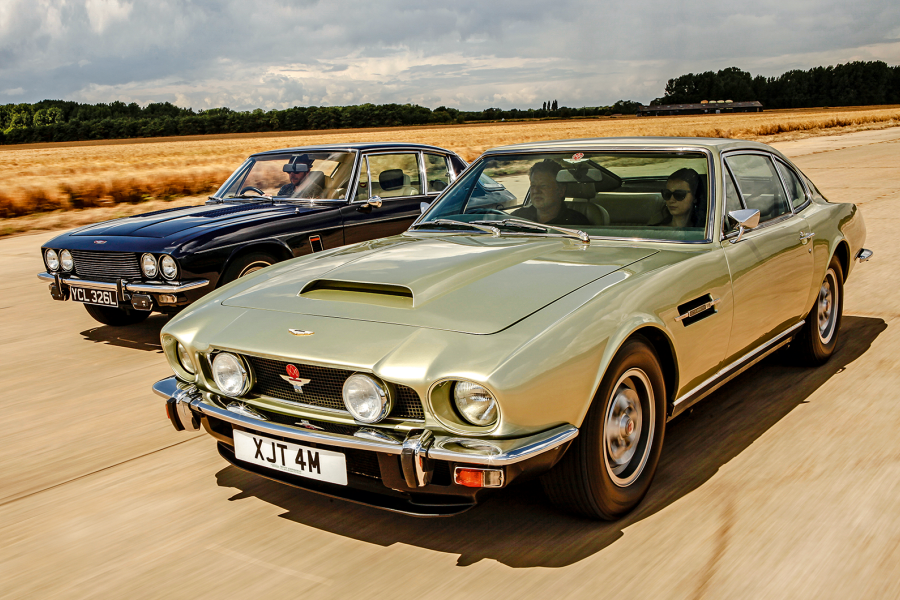
Can you help find the first Aston Martin?
That’s what the Aston Martin Heritage Trust hopes.
It has launched an appeal to track down the first car constructed by Bamford & Martin Ltd, the company which soon became Aston Martin.
The car was built in 1914 and its appearance earned it the nickname ‘Coal Scuttle’, which at the time was an everyday household object; it was retrospectively given chassis number A1.
It was last heard of 100 years ago when, in 1924, it was sold for £50, and in the photo above it’s shown with Kate Martin, wife of Aston Martin founder Lionel Martin, mechanic Jack Addis standing alongside.

The first Aston Martin has been lost for 100 years
The Coal Scuttle was built in the summer of 1914 by a small team of engineers led by marque founders Lionel Martin and Robert Bamford, and despite the outbreak of the First World War in July of that year, which interrupted the model’s development, Lionel Martin was still able to formally register the car as an ‘Aston-Martin’ on 16 March 1915.





